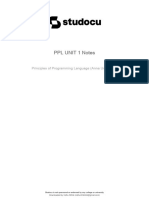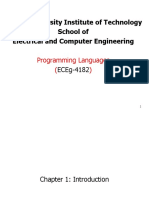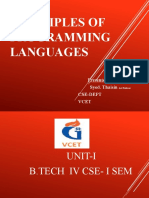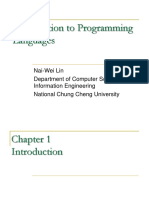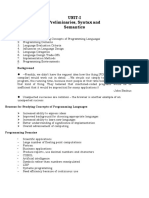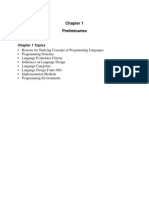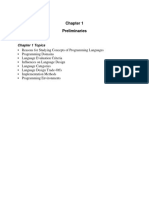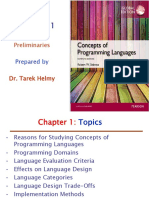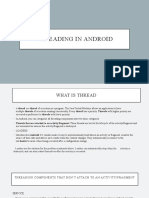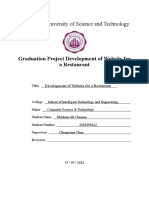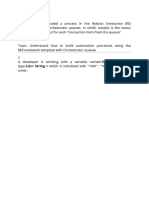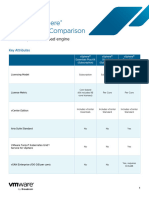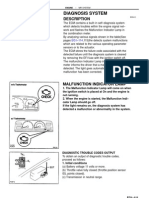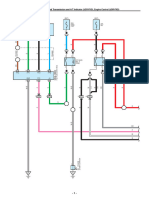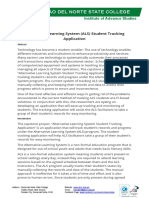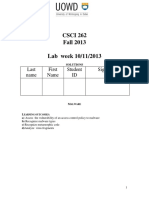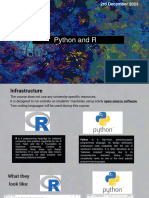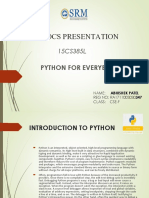0% found this document useful (0 votes)
32 views24 pagesOrganisation of Programming Languages II
Uploaded by
adahyakubuCopyright
© © All Rights Reserved
We take content rights seriously. If you suspect this is your content, claim it here.
Available Formats
Download as PPTX, PDF, TXT or read online on Scribd
0% found this document useful (0 votes)
32 views24 pagesOrganisation of Programming Languages II
Uploaded by
adahyakubuCopyright
© © All Rights Reserved
We take content rights seriously. If you suspect this is your content, claim it here.
Available Formats
Download as PPTX, PDF, TXT or read online on Scribd
/ 24


